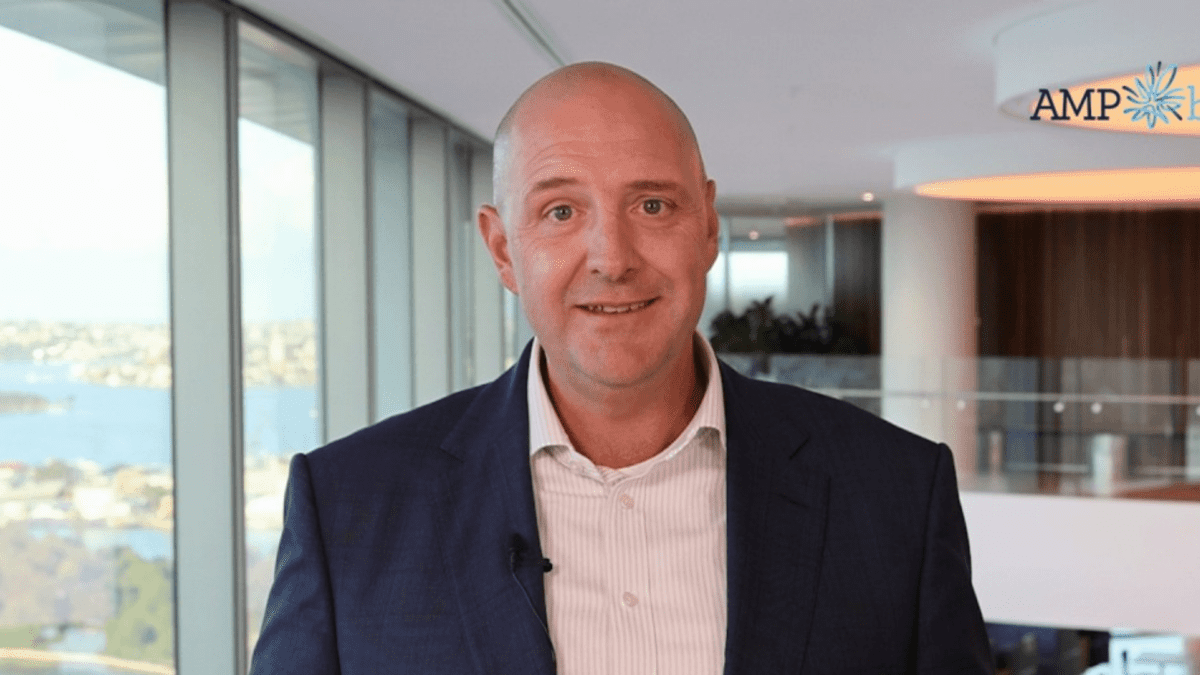Ever wanted to know how ETFs really work?
Exchange Traded Funds or ETF’s are an increasingly popular investment choice due to their low cost and market benchmark exposure. We take a closer look at the inner workings of these unique options below.
What is an ETF?
ETF’s are open ended investment funds, similar to traditional managed funds, with the key difference being they are trading on a stock exchange like the ASX. Open ended means that new units are issued when requested by new investors. The legal structure is typically a unit trust, with each unit in the trust providing the holder with an interest in the underlying assets. Most ETF’s differ from traditional managed funds as they aim to simply track the performance of an index, rather than seek to outperform or make active investment decisions. This means the unit trust will enter the market and buy an index weighted number of shares in each company into which you will have a direct interest; as the index changes, your holdings will also change. The fact that there is no external input is the reason they are generally referred to as ‘passive’ investment options.
The major differentiating point between an ETF and a typical managed fund is that the units can be traded on a daily basis on the ASX at a market-determined price and that they come at a substantially lower cost as the index changes are automated rather than requiring human input. This difference introduces the risk that the units may trade at a value that is different to the ‘true value’ or ‘net asset value (NAV)’ of the portfolio of underlying shares; which is where Market Maker’s come in.
The underlying holdings of each ETF are administered by a custodian and your units are registered with a registry provider like Computershare or Link Market Services, in the same way as any direct share may be.
What is a Market Maker?
The role of a market maker is to satisfy supply and demand for units in each ETF. The market is typically a large investment bank or institutional investor who regularly have positions on both sides of the market (buying and selling). The market maker provides liquidity to the market by acting as the buyer and seller of units during each day, and by creating and redeeming units off-market. This ensures that the number of units on issue matches supply and demand, which assists in ensuring the ETF does not trade at a material difference from its NAV. Put simply, the market maker removes any arbitrage by buying or selling ETF units, converting them into the underlying shares and cancelling the units and vice versa. Importantly, the NAV is published daily for each ETF to ensure a transparent market and you will generally see small units on both the buy and sell side of the market as the market maker ensures the NAV is matched. In the worst case, advisers are able to contact the market maker to determine the NAV at any time.
Why use ETF’s?
ETF’s offer many benefits to investors, particularly those with smaller balances seeking more diversification within their portfolio, or those just getting started in investing. The five main benefits are as follows:
- Cost Effective – Because ETF’s simply track the performance of an index by replicating its holdings, there are limited investment staff required and no ‘active management fee’ required. ETF management fees can be as low as 8 basis points or 0.08% for the most widely traded indices.
- No Minimum Investment – ETF’s do not require a minimum investment, apart from normal ASX minimum trade size rules, meaning you can invest with any amount of capital. You do not need to meet the $10,000, $25,000 or $100,000 minimum applied by some fund managers.
- Diversification – The nature of ETF’s is that you have an exposure to every company in an index, which may be as few as 50 companies and as many as 500 for the US S&P 500, providing substantial diversification. ETF’s allow investors of all sizes to invest into asset classes, like global shares and Government Bonds, that are typically limited to institutions.
- Transparency – Fund managers are typically only disclose their largest investment holdings as this information is key to their performance, ETF’s on the other hand provide complete transparency into every underlying investment even down to the number of shares in each company.
- Liquidity – For the largest ETF’s liquidity will never be an issue and investors have the ability to sell their units on market at any time of their choosing. In comparison, managed fund must be redeemed at the end of a trading day and require the manager to have sufficient cash to fund the redemption.
What are the risks of ETF’s?
ETF’s are not without risk, the primary ones being the risk associated with the underlying investments that make up each strategy. More generally, the following are worth considering:
- NAV Premiums and Discounts – Where there is not sufficient liquidity or volume, ETFs may trade at levels above or below their NAV, meaning investors may not have a true reflection of the value of their investment;
- Volatility – ETF’s are by their definition fully invested at all times, they do not hold any cash, and will move in line with their underlying index both up and down. They will therefore be more volatile than a similar active fund in certain circumstances.
What are the costs of ETF’s?
The costs of ETF’s are limited to the brokerage paid to the share trading service and your financial adviser. As the implementation process for ETF’s requires regular contact with market makers to ensure the NAV is met, advisers may charge additional brokerage to facilitate these trades.











